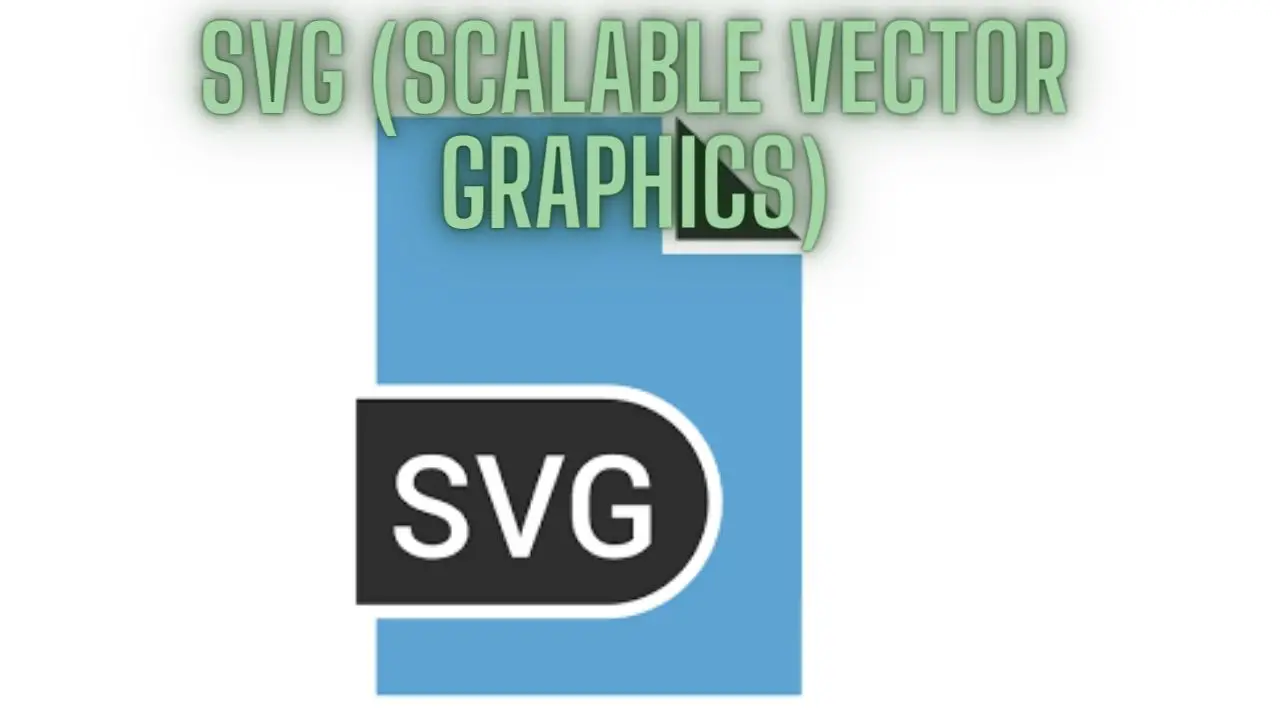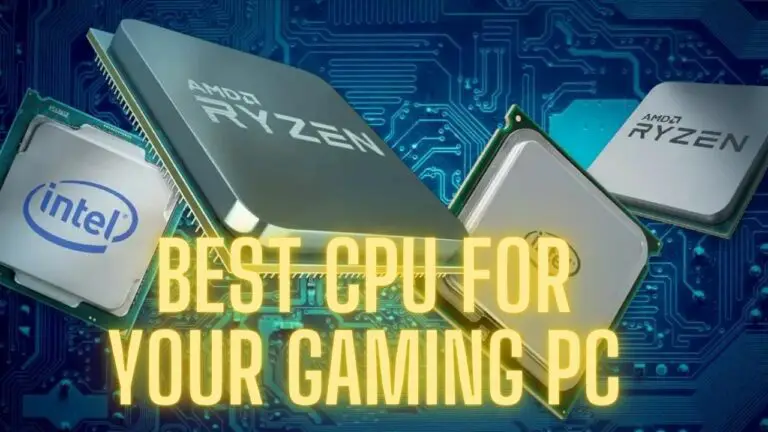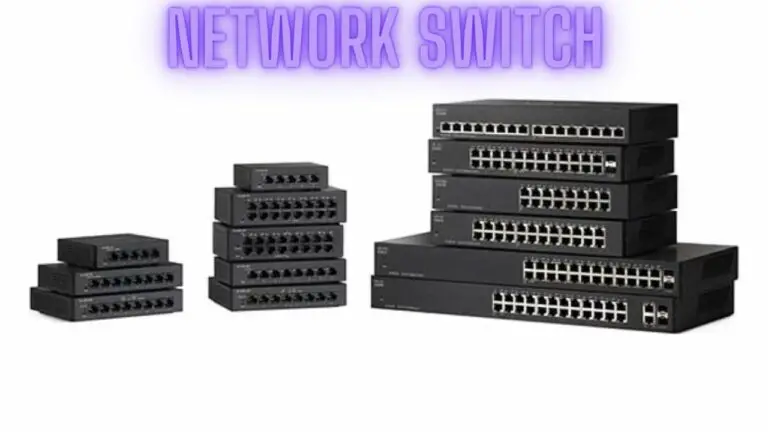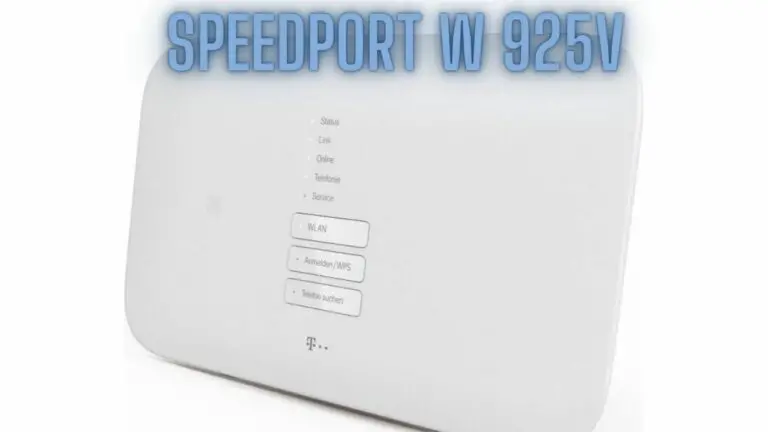SVG (Scalable Vector Graphics) and How to Easily Convert It
1. Introduction
In the ever-evolving landscape of web design, SVG (Scalable Vector Graphics) has emerged as a powerful tool for creating versatile, high-quality graphics that are resolution-independent. SVG files are based on XML (eXtensible Markup Language) and offer several advantages, including small file sizes, clear image quality, and the ability to scale without losing detail. In this comprehensive guide, we will delve into the world of SVG, understanding its core concepts, exploring its benefits, and learning how to convert SVG files easily to suit various web and graphic design needs.
1.1. The Importance of Graphics in Digital Content
In the digital age, visuals play a pivotal role in capturing and retaining the audience’s attention. Whether it’s a website, an app, or a presentation, compelling graphics can convey information, evoke emotions, and enhance the overall user experience.
1.2. The Role of Scalable Vector Graphics
Scalable Vector Graphics (SVG) have become increasingly essential in web development and design. They provide a flexible and efficient way to represent graphics, icons, and even complex illustrations on digital platforms. What makes SVG particularly valuable is its scalability without any loss of quality, making it an excellent choice for responsive design and high-resolution displays.
2. Understanding SVG
2.1. What is SVG?
SVG stands for Scalable Vector Graphics, and it’s a file format used for rendering two-dimensional vector graphics. Unlike raster image formats like JPEG or PNG, SVG files store information as lines, curves, and shapes rather than a grid of pixels. This vector-based approach enables images to be resized without degradation in quality, making SVGs particularly suitable for responsive web design.
2.2. How Does SVG Work?
SVG works by defining paths through mathematical descriptions of lines, curves, and shapes. These paths are constructed using commands and parameters that instruct the renderer on how to draw the graphic. Since SVG is XML-based, it’s human-readable and can be easily modified, making it a versatile format for various applications.
2.3. Advantages of SVG
- Scalability: SVGs can be resized to any dimension without a loss of quality, making them perfect for responsive design.
- Small File Size: SVG files are typically smaller in size compared to raster images, reducing loading times and bandwidth usage.
- Editability: SVGs can be easily modified using vector graphics software or text editors.
- Interactivity: SVG supports animations, interactivity, and JavaScript, enabling dynamic and engaging content.
- Accessibility: SVGs are accessible and can be made more so with proper tagging and text descriptions.
- SEO Benefits: Search engines can index and rank SVG content, potentially boosting website SEO.
- Cross-Browser Compatibility: SVGs are widely supported in modern web browsers.
3. Creating SVG Graphics
3.1. Manual Creation
SVG graphics can be created manually by writing the XML code that defines shapes and paths. This method is often used by web developers and designers who are comfortable with coding. It offers full control over the graphic’s elements and attributes.
3.2. Using Vector Graphics Software
Vector graphics software, like Adobe Illustrator and Inkscape, allows designers to create SVGs using a visual interface. These programs provide a range of tools for drawing and editing vector shapes, making the creation process more accessible for those with less coding experience.
3.3. SVG Editors
There are specific editors designed to work with SVG files. These editors may be standalone applications or browser-based tools. They simplify the process of creating and editing SVG graphics and are suitable for users of varying skill levels.
4. Converting SVG Files
4.1. SVG to PNG
Converting SVG to PNG is common when bitmap images are needed, such as for photographs or images with complex gradients. This conversion can be achieved using various tools and software, preserving image quality.
4.2. SVG to JPG
Similar to PNG, SVG can also be converted to JPEG (JPG) format for raster images. JPG is suitable for photographs and images with continuous tones and color variations.
4.3. SVG to PDF
Converting SVG to PDF is useful for creating documents that include vector graphics. PDFs retain the scalability and quality of SVG images and are easily viewed and printed.
4.4. SVG to HTML/CSS
SVG can be embedded directly into HTML and styled using CSS. This approach allows for dynamic graphics that can adapt to different screen sizes and resolutions.
4.5. Online SVG Converters
Numerous online converters and tools are available for converting SVG files to various formats, including PNG, JPG, and PDF. These online tools are convenient and often free to use.
5. Tools for SVG Conversion
5.1. Adobe Illustrator
Adobe Illustrator is a professional vector graphics editor that supports SVG import and export. It provides comprehensive tools for editing and converting SVG files.
5.2. Inkscape
Inkscape is a free, open-source vector graphics editor with SVG as its native format. It is a powerful alternative to Adobe Illustrator, particularly for users on a budget.
5.3. Online Converters
Numerous online converters, such as CloudConvert and Online-Convert, offer quick and easy SVG conversion to various formats. These tools are especially useful for occasional users who don’t require dedicated software.
5.4. Plugins and Extensions
Many web development tools and content management systems (CMS) offer plugins or extensions that streamline SVG conversion and integration into websites. For example, WordPress has plugins that simplify SVG usage.
6. Optimizing SVG Files
6.1. Minification
Minification involves removing unnecessary characters and whitespace from SVG files to reduce their size. Smaller SVG files load faster on websites and use less bandwidth.
6.2. Cleaning
Cleaning SVG files involves optimizing paths and attributes to simplify the graphic. This process can make the SVG more efficient, reducing rendering times.
6.3. Compression
SVG files can be further compressed using techniques like Gzip or Brotli to minimize file size for faster web loading. This is typically done at the server level.
7. Implementing SVG in Web Development
7.1. SVG in HTML
SVGs can be easily embedded in HTML documents using the <svg> element. Developers can define shapes, paths, and attributes directly in the HTML code or reference an external SVG file.
7.2. CSS Styling for SVG
CSS can be applied to SVG elements to control their appearance. This allows for responsive design and dynamic styling based on various conditions.
7.3. JavaScript Interactivity
JavaScript can be used to add interactivity to SVG graphics, creating animations, transitions, and user interactions. This makes SVG a versatile choice for web development.
8. Accessibility and SEO with SVG
8.1. Accessibility Considerations
SVGs can be made accessible by providing text descriptions and alternative text for elements within the graphic. This ensures that individuals with disabilities can understand and interact with the content.
8.2. SEO Benefits
Search engines can index and rank SVG content, potentially boosting website SEO. The use of descriptive file names and alt text for SVG images can enhance their discoverability.
9. Security Concerns with SVG
9.1. Script Injection
SVG files can potentially be used to inject malicious scripts. To mitigate this risk, it’s essential to validate and sanitize SVG files, ensuring they do not contain harmful code.
9.2. Malware and Phishing Risks
SVGs can be used to disguise malware or phishing attempts. Caution is necessary when handling SVG files from untrusted sources.
9.3. Best Practices for Secure SVG
Practices for secure SVG usage include validating and sanitizing input, using content security policies, and staying informed about SVG security vulnerabilities.
10. Future Trends in SVG
10.1. Animation and Interactivity
The use of SVG for animations, interactive graphics, and user experiences is expected to grow. SVG animation libraries and techniques will continue to evolve.
10.2. 3D SVG
3D SVG graphics and modeling are an emerging trend. The ability to render 3D graphics with SVG offers new opportunities for design and visualization.
10.3. VR and AR Applications
SVG is likely to play a role in virtual reality (VR) and augmented reality (AR) applications. Its scalability and versatility make it suitable for immersive experiences.
11. FAQS
What is SVG, and what does it stand for?
SVG stands for Scalable Vector Graphics. It is a file format used for rendering two-dimensional vector graphics, allowing for the creation of scalable and high-quality images on digital platforms.
What’s the primary advantage of using SVG over other image formats like JPEG or PNG?
The main advantage of SVG is its scalability. SVG images can be resized to any dimension without losing quality, making them perfect for responsive web design and high-resolution displays.
How does SVG work?
SVG works by defining paths through mathematical descriptions of lines, curves, and shapes. These paths are constructed using commands and parameters, instructing the renderer on how to draw the graphic.
Can I create SVG graphics manually?
Yes, SVG graphics can be created manually by writing XML code that defines shapes and paths. This method is often used by web developers and designers comfortable with coding.
What software can I use to create SVG graphics?
There are several software options for creating SVG graphics, including Adobe Illustrator and Inkscape. These programs provide a visual interface for drawing and editing vector shapes.
How can I convert SVG files to other formats like PNG or JPG?
You can convert SVG to other formats using software like Adobe Illustrator or Inkscape. There are also numerous online converters available for quick and easy conversions.
Are there any tools or techniques for optimizing SVG files?
Yes, SVG files can be optimized through minification, cleaning, and compression. Minification removes unnecessary characters and whitespace, cleaning optimizes paths and attributes, and compression reduces file size further.
How can I implement SVG graphics in web development?
SVG graphics can be embedded in HTML documents using the <svg> element. CSS can be applied for styling, and JavaScript can add interactivity.
Are there accessibility considerations when using SVG in web design?
Yes, accessibility is important. SVGs can be made accessible by providing text descriptions and alternative text for elements within the graphic to ensure they are usable by individuals with disabilities.
Is SVG a secure file format for web usage?
While SVG is generally secure, there have been instances of malicious code being injected into SVG files. It’s important to validate and sanitize SVG files and implement content security policies to ensure their safety.
What are some emerging trends in SVG usage?
Emerging trends in SVG include increased use for animation and interactivity, 3D graphics and modeling, and applications in virtual reality (VR) and augmented reality (AR).
Can search engines index SVG content for SEO purposes?
Yes, search engines can index and rank SVG content, potentially boosting the SEO of websites. Using descriptive file names and alt text for SVG images can enhance their discoverability.
What are some popular software tools for working with SVG?
Some popular software tools for working with SVG include Adobe Illustrator, Inkscape, and various online converters. Additionally, there are plugins and extensions available for different web development tools and content management systems.
Can SVG be used for 3D graphics and modeling?
Yes, 3D SVG graphics and modeling are an emerging trend. SVG’s scalability and versatility make it suitable for rendering 3D graphics and visualizations.
Is SVG suitable for virtual reality (VR) and augmented reality (AR) applications?
SVG’s scalability and adaptability make it a suitable choice for VR and AR applications. It allows for the creation of scalable, high-quality graphics in immersive experiences.
12. Conclusion
Scalable Vector Graphics (SVG) offer a powerful way to create and display high-quality, scalable graphics in web development, design, and various other applications. With its numerous advantages, including scalability, small file sizes, and cross-browser compatibility, SVG has become an integral part of modern digital content.
Understanding how to create, convert, and optimize SVG files is essential for web developers and designers. By implementing SVG in web development, you can enhance the user experience and improve accessibility and SEO.
As SVG continues to evolve with emerging trends in animation, 3D graphics, and applications in VR and AR, it remains an exciting and versatile tool for content creators and developers alike. Whether you’re building websites, designing user interfaces, or experimenting with new technologies, SVG is a format that’s here to stay and adapt to the changing digital landscape.








